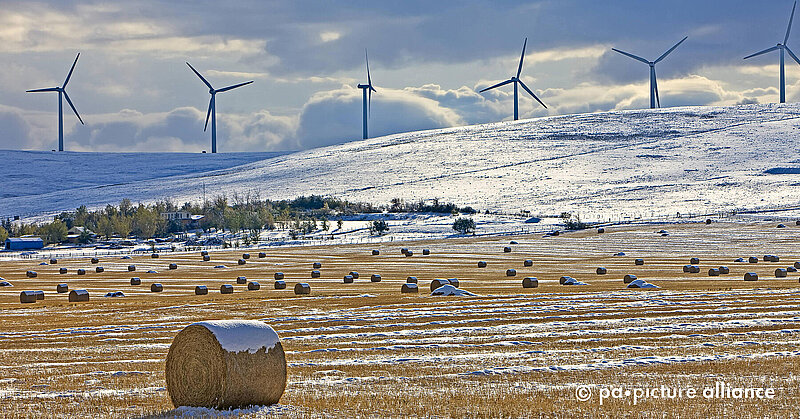
Oliver Ruhnau, Lion Hirth and Aaron Praktiknjo explore how wind energy and electric heating interact on the electricity market.
The electrification of heating systems and the move away from fossil fuels is expected to gain traction in mitigating climate change in the coming years. Heat pumps and renewables like wind and solar power are key technologies in this process. But fluctuations in demand for heating and in the supply of renewables due to weather conditions pose challenges for electricity markets. A new working paper, “Heating with wind: Economics of heat pumps and variable renewables”, analyses how the growing use of both renewables and heat pumps interact with each other in the electricity system, and how their combination might be optimised to improve economics.
The paper was authored by Oliver Ruhnau, PhD Researcher at the Hertie School, Lion Hirth, Assistant Professor of Governance of Digitalisation and Energy Policy at the Hertie School, and Aaron Praktiknjo from the Institute for Future Energy Consumer Needs and Behavior.
According to the authors, as more wind and solar plants are added to the electricity market, the more the price and value of renewable energy declines when there is an large supply of wind and solar power. At the same time, more and more electric heat pumps are expected to be used for heating – increasing demand for electricity. Like wind and solar power, demand for heating also fluctuates. Because the demand for heating (winter) is positively correlated with supply of wind (it is windier in the winter), the use of wind energy and heat pumps may offer a solution to such depressed revenues.
“Growing wind power and additional heat pumps interact with each other in the electricity system. A positive seasonal correlation between heat demand and wind availability appears promising for both,” the authors write. “Furthermore, as a specific type of demand response, heat pumps with thermal storage could provide flexibility to the electricity system by shifting their load towards times with low prices and high availability of renewables.”
In conclusion, they add, volatility of the energy market, fluctuation of demand and supply, cost-benefit analysis are all variables that need to be taken into consideration as they have an effect on system-friendly technology and the optimal deployment of wind power and heat pumps.
Read the full paper here.
More about the authors
-
Lion Hirth, Professor of Energy Policy
